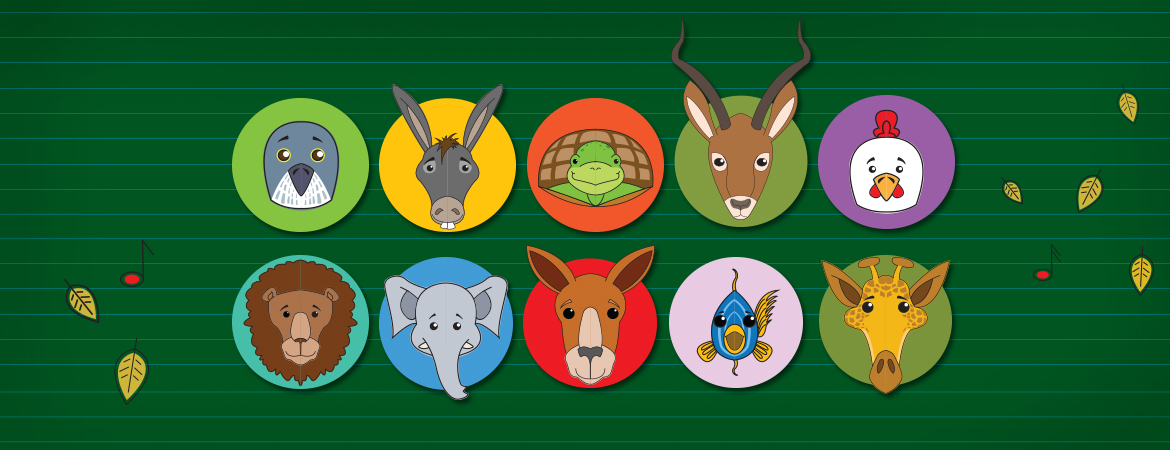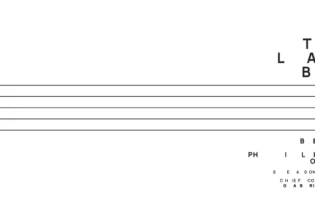
Carnival of the Animals, one of the most famous works of classical music, was written by French composer Camille Saint-Saëns in 1886. This humorous fourteen-movement musical suite was written on the occasion of carnival holidays. Carnival of the Animals premiered at a private party, although the author originally intended it for his students. The composer did not even assume that the work would gain so much popularity, and he considered it to deviate from his image as a serious composer. That is why he was adamant in his desire for the composition to be published only after his death, which happened in 1921. The only exception was The Swan, which, in the version for cello and piano, was published a year after it had been composed.
The Carnival of the Animals has become one of the most famous works by Camille Saint-Saëns, thanks to its interesting and attractive themes, and also one of the most famous classical music works dedicated to children. It was originally written for eleven instruments – two pianos, flute, clarinet, percussion and string quintet, with a possible increase in the number of string instruments.
Through fourteen short movements, the composer presents portraits of different animals – from the royal march of the lion, through elephants, donkeys, kangaroos, turtles, chickens, roosters, swans, and others, with most of the themes repeated in the last movement. Some of the movements contain witty allusions and musical quotations from other well-known pieces of music literature.
In 1949, American poet Ogden Nash wrote humorous verses that are recited before each movement, and since then the work has often been performed in this way. On the Belgrade Philharmonic’s CD you will hear lyrics written especially for us by pupils of the Sava Žebeljan Elementary School from the town of Crepaja.
Carnival of the Animals: Camille Saint-Saëns
Conductor: Catherine Larsen-Maguire
Narrators: LP Duo Gorica Nešović and Dragan Ilić






